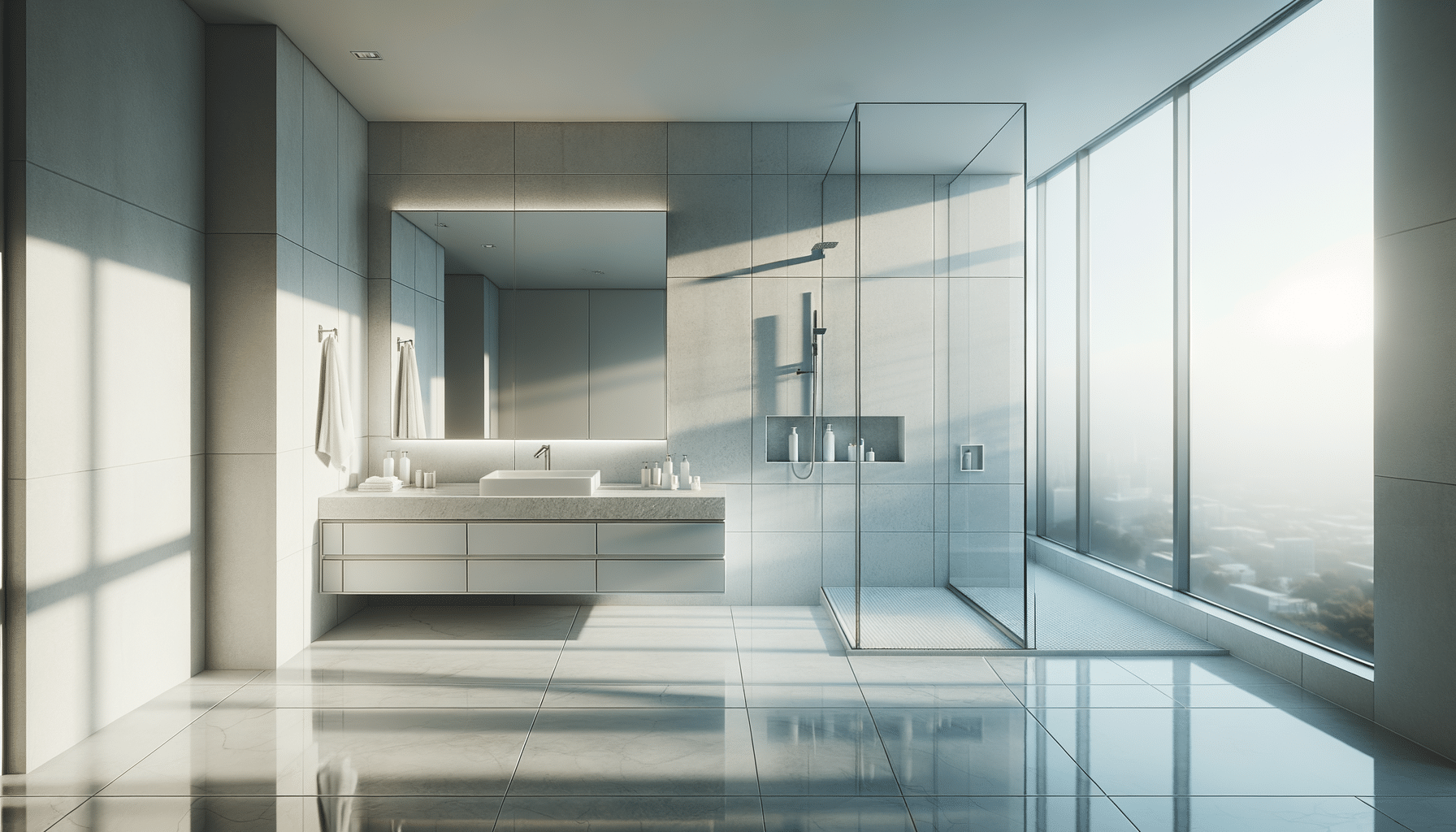
Exploring the World of Custom Designer Furniture
Introduction to Custom Designer Furniture
Custom designer furniture represents a harmonious blend of creativity, functionality, and personalization. As mass-produced items often fail to meet the unique tastes and needs of individuals, custom furniture emerges as a solution, offering bespoke pieces that reflect personal style and preferences. The significance of custom designer furniture is not only in its aesthetic appeal but also in its ability to fit seamlessly into any space, making it a preferred choice for homeowners and designers alike.
In today’s world, where individuality is celebrated, the demand for custom furniture is on the rise. It provides an avenue for expressing personal taste and ensures that each piece is crafted with precision and care. This article delves into the various aspects of custom designer furniture, highlighting its benefits, design considerations, and the process involved in creating these unique pieces.
The Art of Customization
Customization in furniture design involves tailoring pieces to suit specific needs and preferences. This process begins with an understanding of the client’s vision, which is then translated into a tangible product. The ability to customize furniture allows for a wide range of options, from choosing materials and finishes to specifying dimensions and functionalities.
Some of the key benefits of customization include:
- Personalization: Custom furniture reflects the owner’s personality and style, making it truly unique.
- Functionality: Pieces can be designed to fit specific spaces and serve particular functions, enhancing usability.
- Quality: Custom furniture often involves the use of high-quality materials and craftsmanship, ensuring durability and longevity.
Designers work closely with clients to ensure that every aspect of the piece aligns with their vision. This collaborative process not only results in a product that meets the client’s expectations but also enhances their satisfaction and connection to the piece.
Materials and Craftsmanship
The choice of materials is a crucial aspect of custom designer furniture, influencing both the aesthetic and functional qualities of the piece. High-quality materials such as hardwoods, metals, and textiles are often preferred for their durability and timeless appeal. The selection process considers factors like texture, color, and sustainability.
Craftsmanship plays a pivotal role in the creation of custom furniture. Skilled artisans bring designs to life, using traditional techniques alongside modern technology. The attention to detail and precision in execution ensure that each piece is not only beautiful but also functional and robust.
The integration of innovative materials and techniques allows for the creation of furniture that is not only aesthetically pleasing but also environmentally friendly. Designers are increasingly incorporating sustainable practices, such as using reclaimed wood or eco-friendly finishes, into their craft, aligning with the growing demand for sustainable living solutions.
Design Considerations
Designing custom furniture involves several considerations to ensure that the final product meets the desired objectives. Key factors include:
- Space and Scale: Understanding the dimensions and layout of the space where the furniture will be placed is essential for creating pieces that fit perfectly.
- Style and Aesthetics: The design should complement the existing decor and reflect the client’s personal taste.
- Functionality: The furniture must serve its intended purpose effectively, whether it’s for seating, storage, or display.
Designers often use sketches, mood boards, and 3D models to visualize the concept and make necessary adjustments before the actual crafting begins. This iterative process ensures that the final piece aligns with the client’s expectations and the intended functionality.
By carefully considering these elements, designers can create custom furniture that not only meets the practical needs of the client but also enhances the aesthetic value of their living space.
Conclusion: The Future of Custom Designer Furniture
As the demand for personalized and unique home furnishings continues to grow, custom designer furniture stands out as a viable solution for those seeking to express their individuality through their living spaces. With advancements in technology and a greater emphasis on sustainable practices, the future of custom furniture design looks promising.
By combining traditional craftsmanship with modern design principles, custom furniture offers endless possibilities for creativity and innovation. Whether it’s a statement piece or a subtle addition to a room, custom designer furniture provides the perfect balance of form and function, making it an attractive choice for discerning homeowners and designers.
In embracing the art of customization, we not only create beautiful and functional pieces but also contribute to a more sustainable and personalized approach to interior design.


